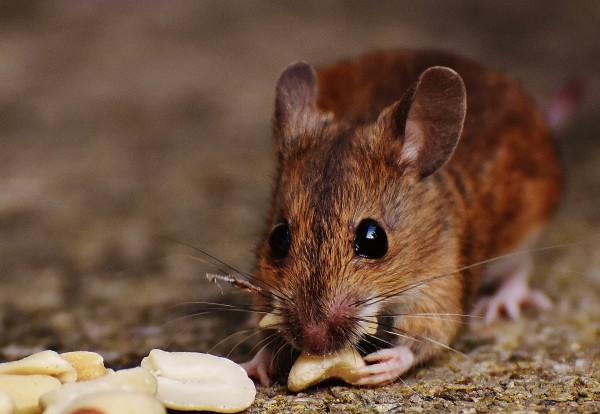By Anish Asokan, | October 25, 2016

Ancient Europeans apparently snacked on roasted rodents.
Researchers have gathered evidence that ancient Europeans snacked on roasted rodents almost 5000 years ago.
The finding points to the fact that rodents such as voles and mice might not have been just pests, but also have been good food as well.
According to Jeremy Herman, a biologist at National Museums of Scotland in Edinburgh, rodents are occasionally excavated from older archaeological sites throughout Europe. However, people never analyzed why these rodent remains were present at the sites.
Like Us on Facebook
According to the BBC, the latest discovery was made after researchers went through approximately 6000 small mammal bones obtained from Skara Brae settlement, which is located on the largest island of the Orkney archipelago in Scotland. Based on radiocarbon dating, Skara Brae comprised of remnants of eight stone houses and was occupied in the latter half of the Stone Age
Archaeologists studied the bones and which trenches and period they originated from. Previous studies showed that wood mouse and Orkney vole were the only known rodents to the people of Skara Brae. On close examination, one of the trenches showed large accumulation of vole bones. There were a good number of field mice bones as well. Interestingly all the bones showed some signs of being burnt. This shows that the animals were either boiled or roasted. The remains were also found among waste products from other foods, suggesting vole could have been cooked or roasted.
According to Herman, the number of vole bones also showed that rodents were not the primary source of food, but perhaps they were occasionally eaten as a snack.
According to Sci-Tech Today, most people of Skara Brae were farmers who also raised cattle and sheep.
Herman also stated this is the first example of ancient humans eating rodents in Europe.The findings have been published in the journal Royal Society Open Science.
-
Use of Coronavirus Pandemic Drones Raises Privacy Concerns: Drones Spread Fear, Local Officials Say

-
Coronavirus Hampers The Delivery Of Lockheed Martin F-35 Stealth Fighters For 2020

-
Instagram Speeds Up Plans to Add Account Memorialization Feature Due to COVID-19 Deaths

-
NASA: Perseverance Plans to Bring 'Mars Rock' to Earth in 2031

-
600 Dead And 3,000 In The Hospital as Iranians Believed Drinking High-Concentrations of Alcohol Can Cure The Coronavirus

-
600 Dead And 3,000 In The Hospital as Iranians Believed Drinking High-Concentrations of Alcohol Can Cure The Coronavirus

-
COVID-19: Doctors, Nurses Use Virtual Reality to Learn New Skills in Treating Coronavirus Patients







